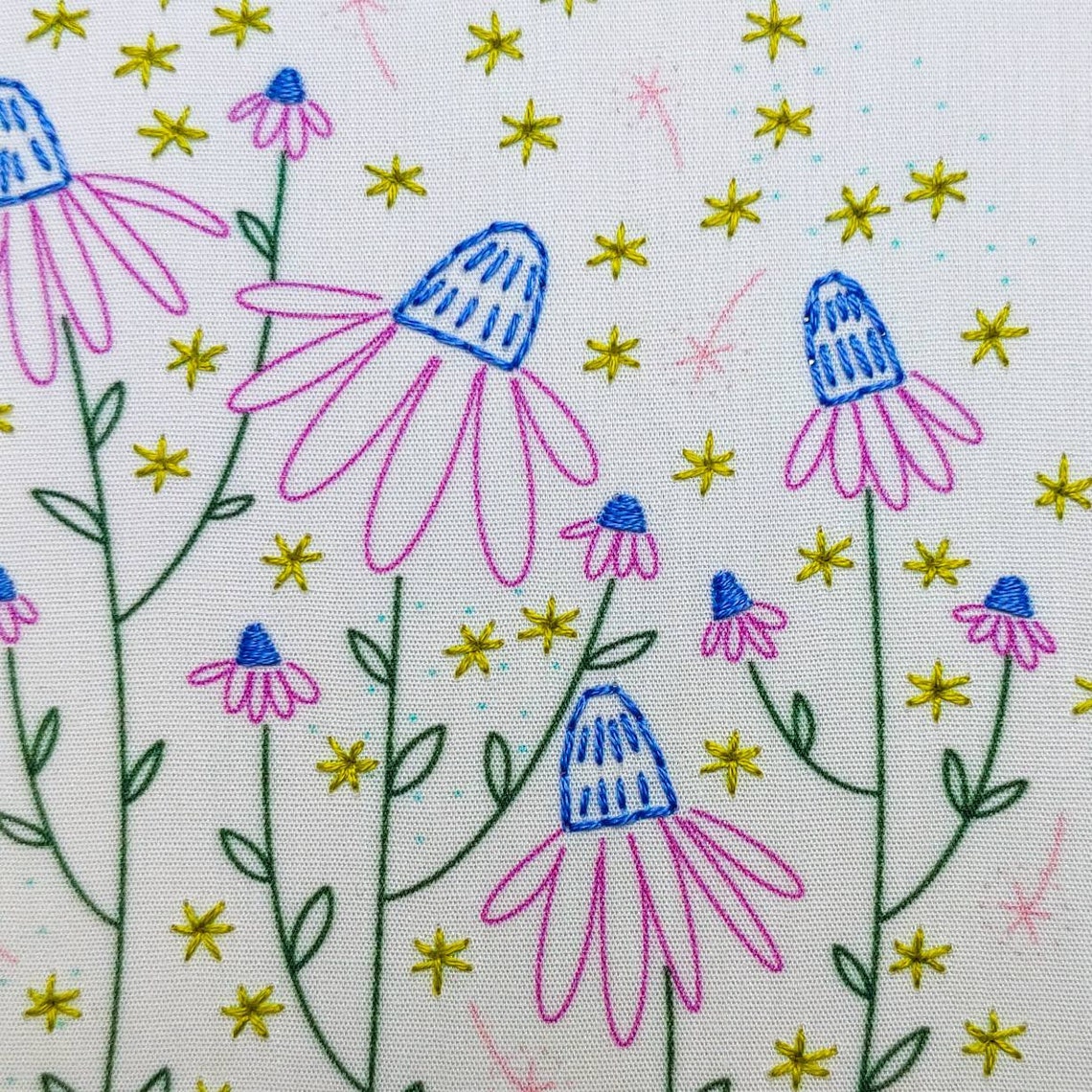


Joe Boggs, Ohio State University Extension Species & CultivarsĮchinacea purpurea, purple coneflower, grows up to 2 to 3½ feet tall and 1½ feet wide. Normal coneflower on left with two coneflowers on right infested with Eriophyid mites. Hot pepper wax sprays can be used to reduce damage by making leaves less appealing to the rabbits. Rabbits can also be a major problem by eating the foliage down to ground level. Plants that are affected by eriophyid mites should be cut back to the ground in the fall and all plant debris should be removed and destroyed. Damage results in tufts of stunted and distorted flower parts sprouting from the coneflower. Eriophyid mites are microscopic in size and live inside the flower buds where they suck nutrients from the flowers. For information on applying insecticidal soap, see fact sheet HGIC 2771, Insecticidal Soaps for Garden Pest Control. Infected plants should be removed and destroyed to prevent the further spread of the disease.Īphids can be treated with insecticidal soap sprays, applied 3 times at a 5- to 7- day interval. Aster yellows disease causes a witches broom in the flower head, occasional greening of the petals, stunting and possible death of the plant. Aster Yellows is transmitted to the plant as leafhoppers feed on the plant. For information on controlling powdery mildew see fact sheet HGIC 2049, Powdery Mildew. Powdery mildew can be prevented by maintaining optimum plant health and not overcrowding at planting.

Whitney Cranshaw, Colorado State University, ProblemsĮchinacea with severe symptoms of Aster yellows infection
#PURPLE CONEFLOWER EMBROIDERY HOW TO#
For more specific information on how to divide Echinacea properly, see fact sheet HGIC 1150, Dividing Perennials. It is best to divide perennials in the spring or fall months. Keep in mind that Echinacea started from seed can take 2 or more years to develop into a sizable plant.ĭivision: Echinacea can be divided every 3 to 4 years to prevent overcrowding. Seeds can also be started outdoors in the spring or summer, up to 2 months before frost. Seedlings should be ready to transplant 20 to 28 days after sowing. Keep the seed bed misted until germination occurs 10 to 20 days later. Cover seeds lightly with potting soil to prevent light from inhibiting germination. Sow seed indoors in an area with an air temperature of 65 to 70 ☏. Seed: Echinacea purpurea is commonly started by seed, in fact, it will typically self-sow seed in the landscape. It is best to propagate Echinacea by division or seed. They are also deer resistant, meaning that deer do not prefer to eat them. Coneflowers have a high degree of drought resistance once established, making them a great addition to a water-wise landscape. So deadheading should be delayed as seed heads are very attractive to goldfinches in the winter.Įchinacea species have strong, sturdy stems that require no staking making them popular as low maintenance perennials in the flower garden, as well as specialty cut flowers. Butterflies use Echinacea as a nectar source, and birds enjoy the seeds. Landscape UsesĮchinacea’s upright, coarse texture lends itself nicely to mass plantings in naturalized areas or the rear of perennial beds. Once Echinacea is established in the landscape, dead foliage and stems can be removed each year in the fall, winter or early spring. In the absence of a soil test, they can be maintained with an application of 12-6-6 slow release fertilizer at a rate of 1 pound per 100 square feet in late March or early April, just before new leaves emerge.įall is the best time for planting Echinacea for more information on planting, see fact sheet HGIC 1153, Growing Perennials. Proper spacing between plants will increase air circulation between plants to keep leaves dry and help prevent the spread of diseases.Ĭoneflowers are not heavy feeders. Coneflowers will reach up to 4 feet tall and 20 to 28 inches wide depending on species and growing conditions. They will grow well throughout South Carolina, except for the coast, due to their poor salt tolerance.Įchinacea has an upright habit and coarse texture. Coneflowers prefer evenly moist, well-drained soils however, they are drought and heat tolerant once established.
#PURPLE CONEFLOWER EMBROIDERY FULL#
Karen Russ, ©2009 HGIC, Clemson Extension CultureĮchinacea species have a moderate growth rate and will perform best in an area with full sun to part shade.


 0 kommentar(er)
0 kommentar(er)
